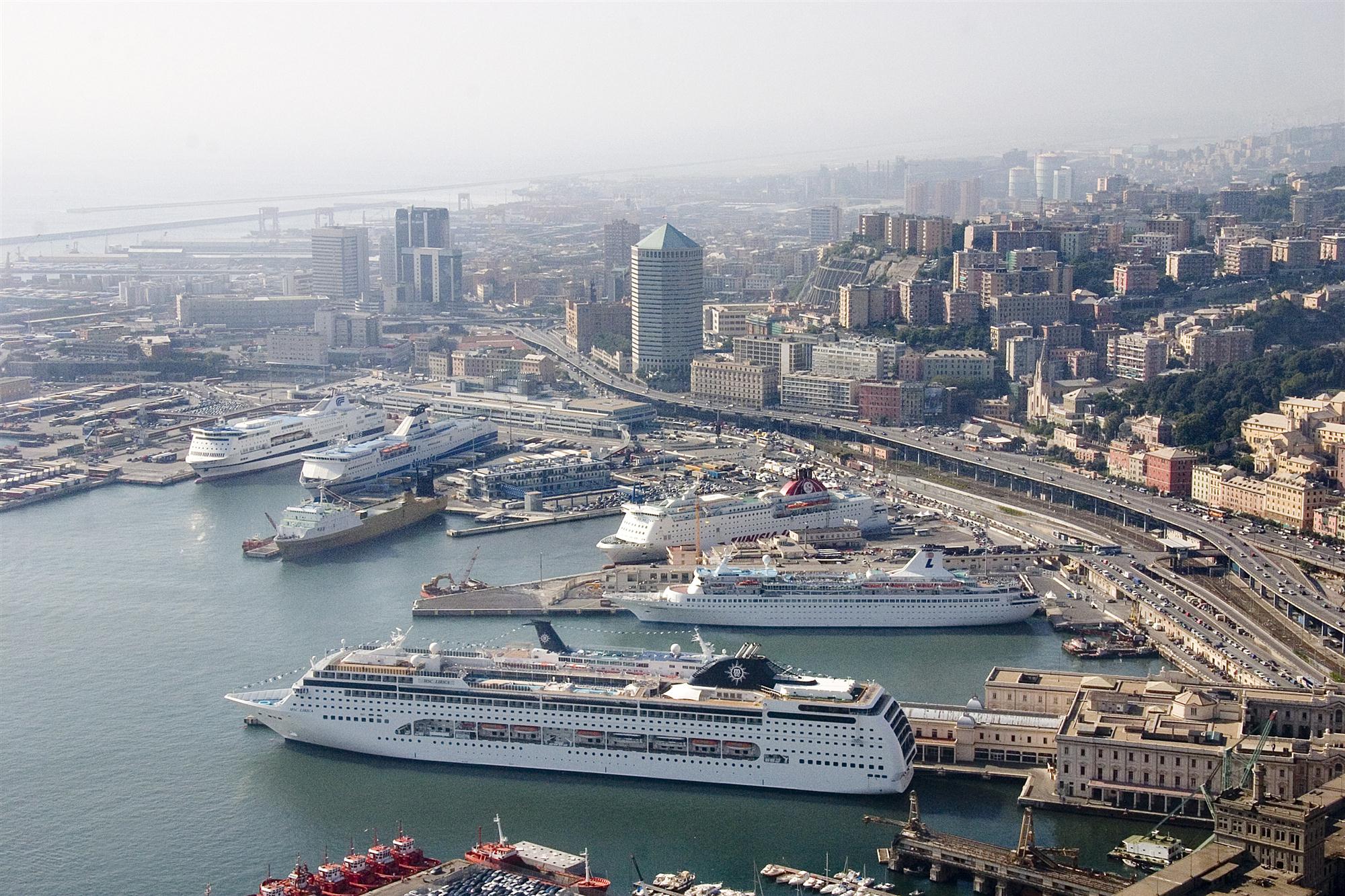The Port of Genoa is sceptical about the sizes of the container vessels being deployed on the Asia-Mediterranean trade and the benefits they bring.
While the port handled 2.24 million TEUs in 2015, a 3.2% year-on-year increase, the growth in throughput conceals some of the problems that lie beneath.
“Overall, the volumes of cargo are encouraging, but freight rates are so depressed that they are dragging down prices in the whole transportation chain,” says Silvio Ferrando, manager of the marketing department at the Port Authority of Genoa. “We’re full of cargo but we’re earning less and less money. This is not healthy in the long term.”
The main problem, according to Ferrando, lies in the fact that the shipping lines have invested too much, and continue to put bigger and bigger vessels on the Asia-North Europe trade.
“The new 18,000-20,000 TEU ships are so much more competitive and efficient so they are deployed to North Europe, while the Med gets the relatively older 16,000-18,000 TEU ships,” he says. “Are these really good for the Med? We honestly doubt it. We’re adapting fast and building new facilities, but these vessels are too big. We see that the vessels are facing more and more difficulties in being filled up.”
With almost one ship a day to the Far East, the Port of Genoa has had to come up with new strategies to cope with their arrival.
“Filling one 18,000 TEU ship every day is a lot of work,” says Ferrando. “In order to do so, you are forced to do one simple yet difficult thing. For us, the market used to be northern Italy, but that’s too small and you don’t have enough cargo. So we have to expand inland, and the new markets are Switzerland, southern Germany and central Italy. In doing so, we’re killing all the other Italian ports like Naples, Livorno and Civitavecchia.”

According to the port’s traffic statistics, Genoa handled about 660,000 TEUs to and from the Far East. Of that, about 370,000 were Chinese.
“Up until the late 1990s, we were traditionally an import port from China, so we had a lot of empty containers from Italy to China and they were coming back full,” says Ferrando. “Now, full containers from China to Italy are going down slightly. They’re also no longer so concentrated in the Pearl River Delta area but shifting north, such as Ningbo, Dalian and the Bohai area. Hong Kong is going down. We also see a lot of mixed bills of lading – inland river navigation plus the sea leg, especially out of Shanghai.”
Chinese imports into Italy now mainly consist of high-quality manufactured products, according to Ferrando. “We’re not Germany and don’t need to import raw materials,” he says. “In Europe, the rich are getting richer and the poor are getting poorer, so consumption is moving towards the higher end. The numbers are pretty much stable. As for the other direction, China is a huge market for Italian exports, but what’s interesting is that, while our imports are also coming from inland areas, our luxury exports such as cheese, wine, olive oil and fashion accessories only go to the coastal cities.”
The logistics for products like these aren’t easy, but the situation is complicated by the growth of e-commerce.
“We’re thinking of ways to solve that problem,” says Ferrando. “A lot of Chinese consumers are buying Italian food products online and we need to create the intermediary storage, but the value of all this stock could be very high. This is what we’re discussing because the port doesn’t have a lot of space and it could be a struggle for us. The solution is probably LCL containers for food.”
The next step for the port will be to convince those Chinese importers with a large number of clients to set up their own warehouse in Italy to better control the supply chain. But Ferrando says that the process might be more difficult than it sounds.
“We need to least understand what we are talking about if you want to do business,” he says. “I know they have a lot of cargo and they need a lot of interaction with the market in Italy. For example, we sell thousands and thousands of tonnes of powdered milk for babies and it must be distributed, but sometimes they don’t even understand what you’re asking them. It’s a serious problem if you want to deal with overseas businesses. We need a lot of Chinese partners but they must have at least a front man who speaks decent English.”
In any case, the Port of Genoa is going to keep investing and upgrading to ensure it doesn’t lose out in the race for Asian traffic, especially to and from inland markets.
“It’s now a big clash between just a few big ports in Europe and competition is getting extremely tough, he says. “It’s obviously good for the consumers and shippers, but we have to fight every day to get more cargo.”
Of the 150 or so ports in the Mediterranean, Ferrando says that he is only positive for about 10 of them.
“In Italy, I think it’s Genoa and La Spezia,” he says. “It’s a tough market with huge numbers but for only a few, so it will really be the Champions League of ports.”
By Jeffrey Lee
Asia Cargo News | Hong Kong



